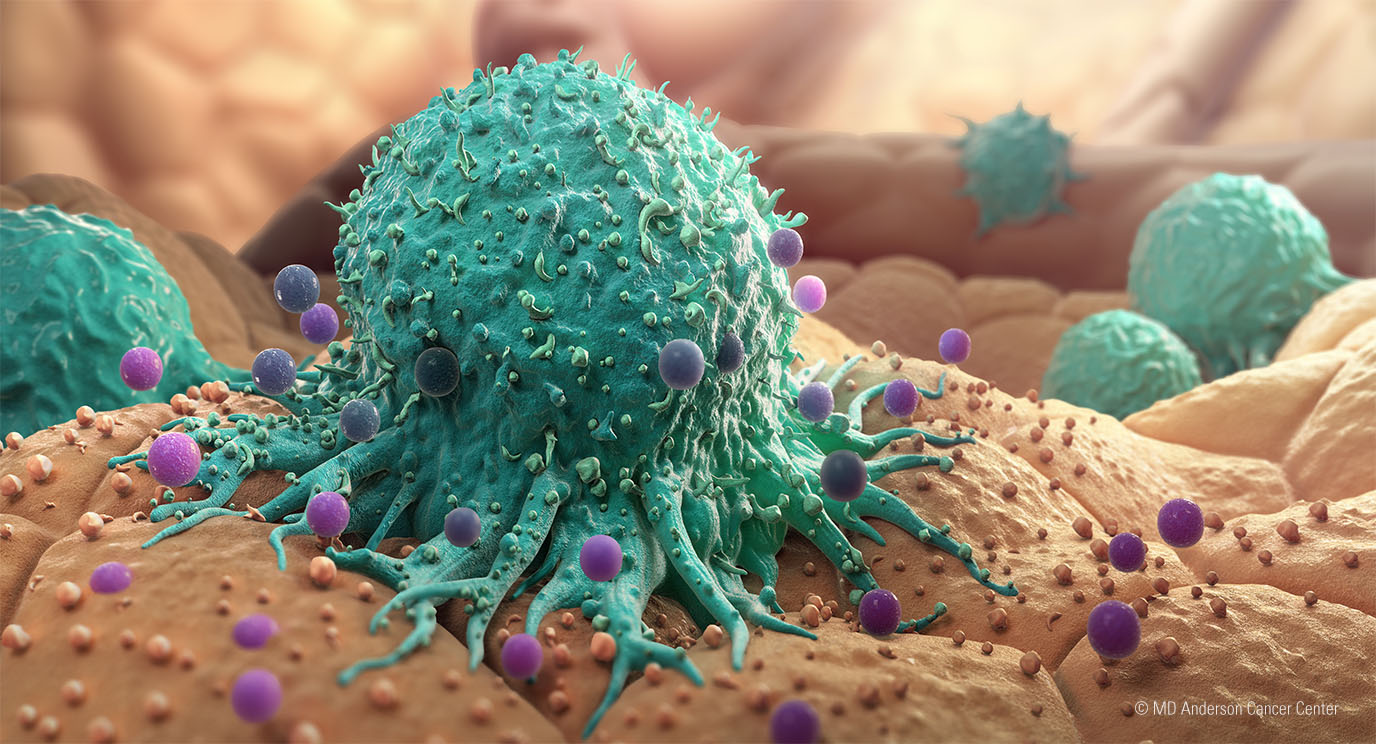
For over 3,500 years, tales of “healing Aloe stands 30-36 inches high, and a mature leaf Vera” plants have been handed down is 2.5-3 inches wide at the base, weighing through centuries by word of mouth. It 1.5 to 2 kg. is probably one of the most discussed, but |
| The Aloe leaf structure is made up of four least understood medicinal plants in history. |
| layers: |
| From the Bible’s mention of removing Christ |
| 1) Rind - the outer protective layer. from the cross and wrapping his body in
|
| 2) Sap - a layer of bitter fluid which helps Aloe Vera mysteriously appearing in every
|
3) Mucilage Gel - the inner part of the leaf to its great medicinal values. The earliest that is filleted out to make Aloe Vera gel documented use of Aloe Vera comes from. |
| |
4) Aloe Vera (inner gel) contains the 8 the ancient Egyptians, but it was also grown essential Amino Acids that the human and used by King Solomon, who was said to body needs but cannot manufacture have valued it highly.. |
| |
| |
We believe you will come to realize (as we Alexander the Great conquered the island have) that Aloe Vera is great for your body - of Socotra in order to have the Aloe for both internally and externally. Aloe Vera has his army. During his fabled travels in the some fantastic natural healing benefits Orient, among the many marvels recorded which is why it has earned the title “miracle by Marco Polo were his descriptions of the plant” many applications of the Aloe Vera plant. The Spanish Conquistadors discovered various herbal medicines in use in Tenochtitlan (now called Mexico City). At the heart of many of the Aztec cures, it is known that Aloe Vera was the effective agent. These Aztec herbal medicines were transported back to Europe by the Spanish, during the sixteenth century, where they became the foundation for modern Western medicine. |
| Aloe Vera is a species of Aloe, native to Northern Africa. It is a stem less or very short- stemmed succulent plant growing to 30-36 inches tall, spreading by offsets and root sprouts. Aloe Vera has long been a popular houseplant. Often called the ‘miracle plant’ or the ‘natural healer’, Aloe Vera is a plant of many surprises. It flourishes in warm and dry climates, and to many people it looks like a cactus with fleshy thorny leaves. In fact it is a member of the Lily family, staying moist where other plants wither and die by closing its pores to prevent moisture loss. There are over 300 species of Aloe, but it is the Aloe Barbadensis Miller (Aloe Vera or “true Aloe”) plant which has been of most use to mankind because of the medicinal properties it displays. Fully grown, the plant |
I. Cleansing Function
- Properties:
- Mono/Polysaccharides - Glucose (simplest sugar) - It regulates sugar in the body
- Saponin - detoxifying agent (pick-up all dirt in our body)
- Lignin - deep penetrating agent; dietary fiber; transport vehicle
II. NOURISHER
- Vitamins - B Complex, C, D, E, K, B12
- Minirals - iron, zinc, magnesium
- Amino Acids - #1 component, go, grow and glow building block of protein which our body needs to form cells.
II. HEALING
Antraquinone Complex - it is relatively small concentration together with the gel fraction
- anti-bacterial )
- anti-fungal ) ANTIBIOTIC
- anti-parasitic
- anti-pyretic - FEVER
- anti-spasm
- anti-viral
- anti-inflamatory






0 Comments